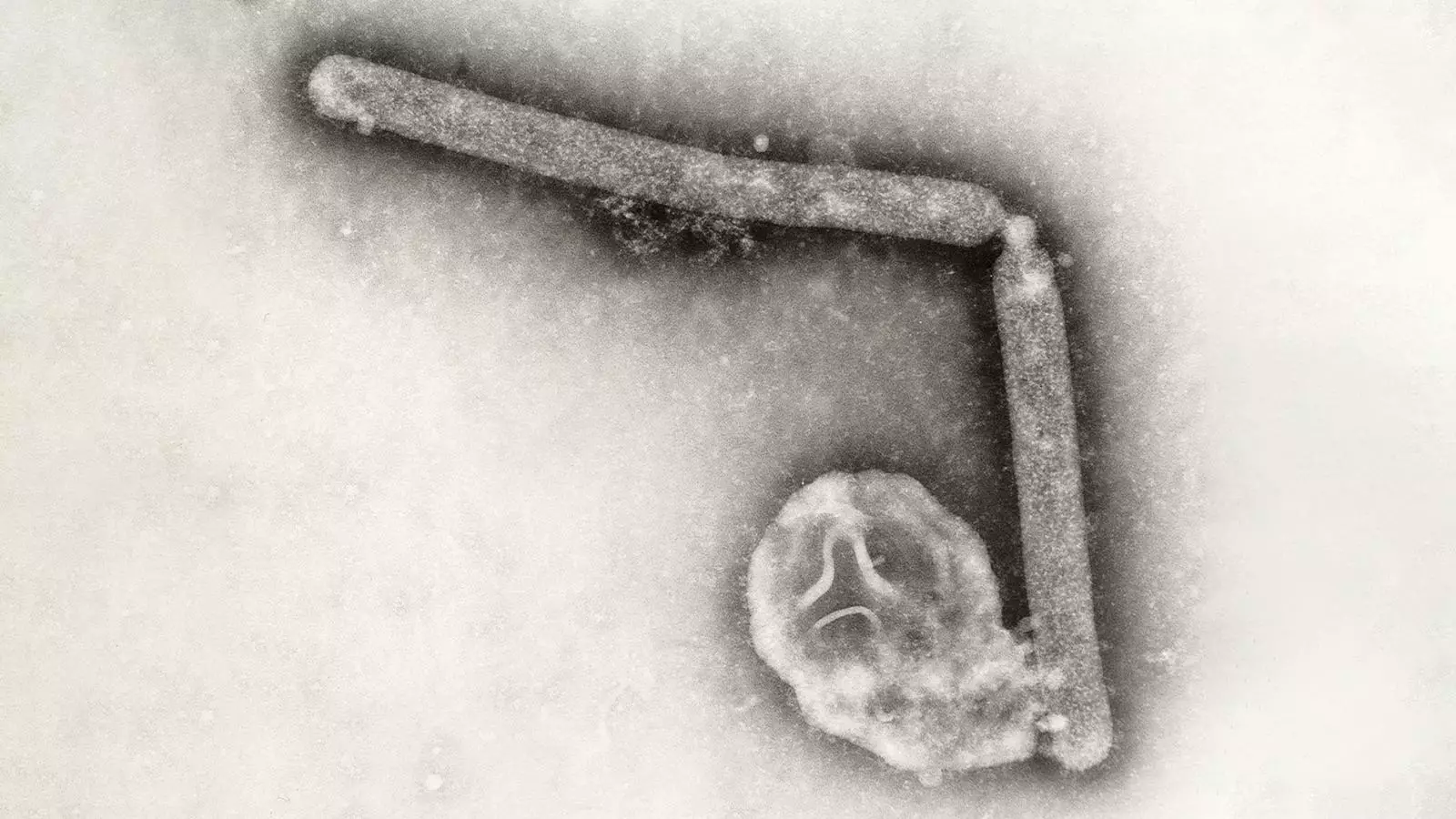Recent reports indicate that genetic mutations in the bird flu virus might have occurred within a Louisiana patient, marking a significant development in the understanding of avian influenza’s potential impact on human health. The Centers for Disease Control and Prevention (CDC) has noted this situation following the hospitalization of an individual, the first in the U.S. to experience severe symptoms directly linked to the virus. Although alarm bells have rung concerning the mutations, experts advise that the general public should not panic but remain aware and informed.
The mutations detected within the bird flu virus are believed to enhance the virus’s ability to attach to human respiratory receptors. Dr. Michael Osterholm, an esteemed infectious disease expert, elaborates on this phenomenon by likening the relationship between the virus and host cells to a “lock and key” mechanism. In simple terms, for the bird flu virus to infect a human cell, it must possess a specific key (or mutation) that corresponds to the cell’s lock (or receptor). While this newly identified key has the potential to fit, it has yet to demonstrate the ability to fully unlock and enter the cell.
Despite the alarming nature of these findings, the CDC and experts like Osterholm emphasize that the risk to the general populace remains minimal. The bird flu infection cases reported in the U.S. have predominantly affected individuals with direct contact with infected poultry or other birds, indicating that transmission among humans is extremely rare. The Louisiana case, which involved a patient over the age of 65 with pre-existing health conditions, underscores that the virus continues to pose a greater threat to certain vulnerable populations rather than the general public.
As the situation evolves, continuous monitoring of the virus’s mutations is essential. Experts caution that the potential for influenza to wreak havoc is real. Past influenza pandemics have shown how rapidly the virus can spread and mutate, leading to severe health crises. Osterholm’s remarks resonate with the necessity to remain vigilant and proactive in managing potential avian influenza outbreaks, particularly given the global context of public health challenges.
While the emergence of mutations within the bird flu virus is concerning, current assessments indicate that the likelihood of widespread human transmission remains low. The most effective course of action for the public is to stay informed about developments in avian influenza research and maintain basic biosecurity measures, particularly for those in close contact with poultry or wild birds. As researchers and public health officials continue to surveil the situation, the highest priority should always be the protection of human health and safety, emphasizing education over panic. The ticking “pandemic clock” serves as a reminder that preparedness and awareness are vital in combating any future threats that could originate from zoonotic viruses.

